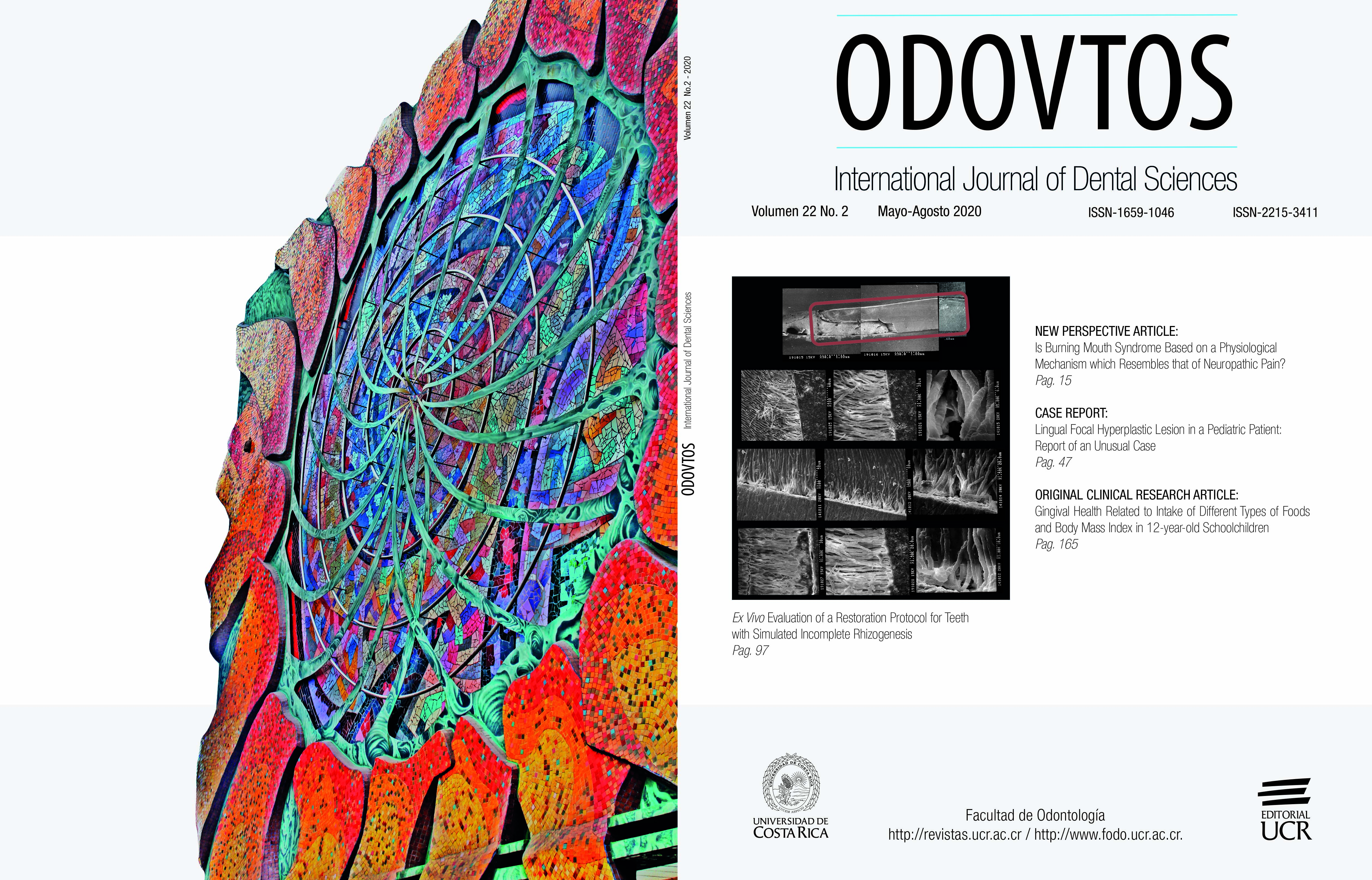Abstract
Objective: The purpose of this study was to evaluate the influence of the pH levels of three in-office bleaching gels on the surface roughness of bovine enamel, after the bleaching protocol. Materials and methods: 36 samples of bovine enamel were obtained, which were cut and divided into three groups (n=12): 40%hydrogen peroxide (Opalescence Boost40%), 35% hydrogen peroxide (Whiteness HP AutoMixx) and 35% hydrogen peroxide (Whiteness HP Blue), receiving a 40-minute application of bleaching. The average pH values were determined using a pH meter during the initial and final application of the gel. A roughness meter was used to assess surface roughness (Ra) before and after bleaching. Data were analyzed with the Friedmann and wilcoxon test (difference between groups); the Kruskall Wallis and U Mann test (difference in each group), as well as Pearson or Spearman test for correlation. Results: There is an increase in pH values from the beginning to the end of bleaching in all groups, except for the 35% hydrogen peroxide group (Whiteness HP Automixx). For surface roughness results there is an increase in all groups. No correlation was found between pH values of the bleaching gels and the surface roughness of the enamel after bleaching. Conclusions: Hydrogen peroxide bleaching gels with high concentrations that have a high or low pH could cause alterations in the surface of the tooth enamel, such as increase in surface roughness.

